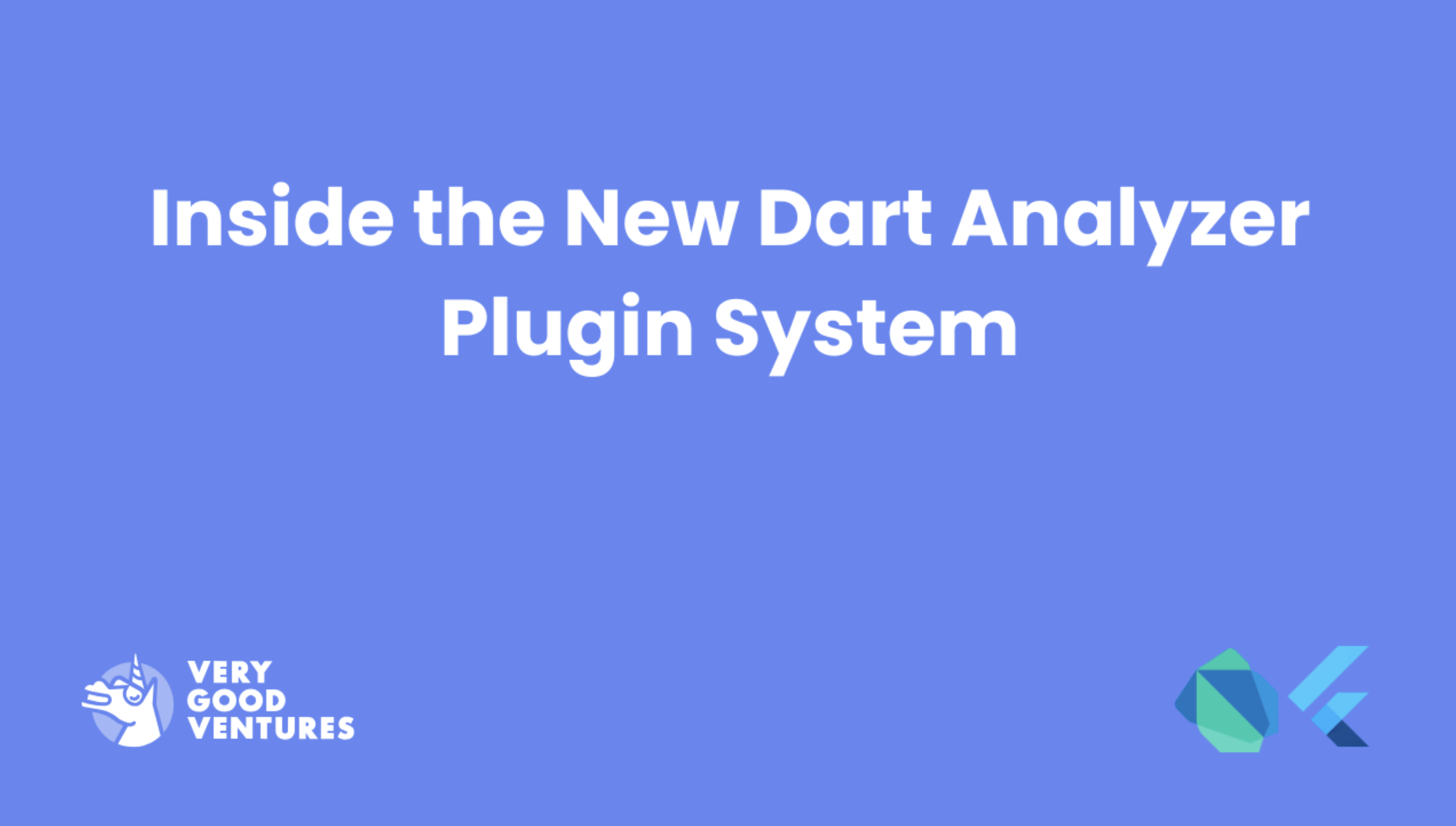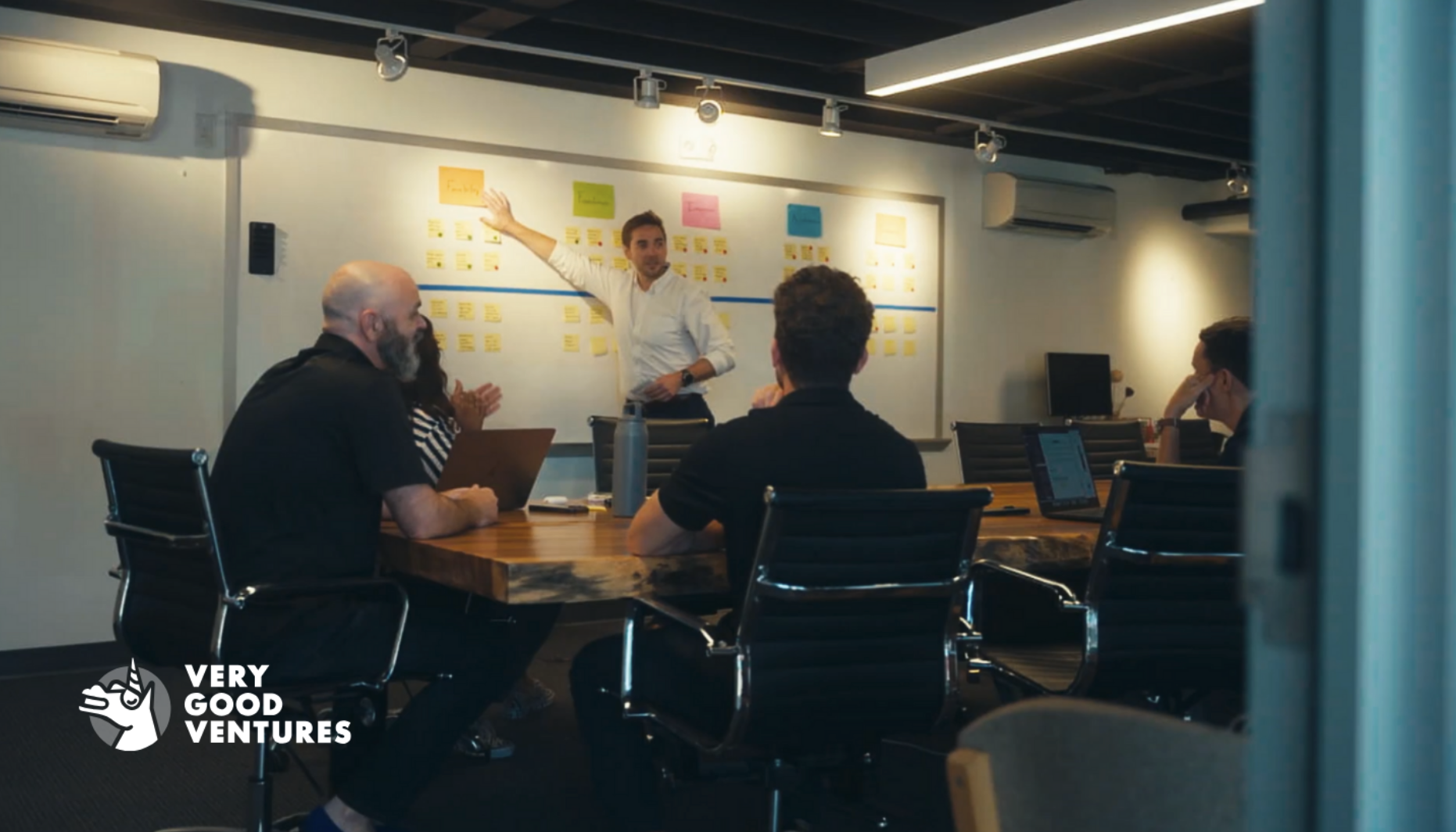Beyond Crash Reports: Why Observability Is a Business Imperative
Performance, reliability, and the leadership required to build modern software
.png)
In this episode of the Build to Succeed podcast, host David DeRemer welcomes Andrew Tunall, President of Embrace, for a real talk on what it actually takes to ship reliable software today. From growing user expectations to the pressure to move fast, they unpack the messy—but important—truth behind building tech that holds up under real-world demands.
From Unconventional Path to Strategic Vision
Andrew's career path is anything but conventional. With an academic background in political science and economics, and a minor in computer science, he entered the tech industry not through a traditional route, but rather through his ability to bridge the communication gap between technical and business teams. This ability shaped his product philosophy—one that prioritizes empathy for both users and engineers.
Before joining Embrace as President, Andrew held product leadership roles at New Relic and Amazon Web Services (AWS), where he helped scale developer-focused tools and observability solutions for some of the world’s most complex systems. These experiences gave him a front-row seat to the evolving needs of engineering teams and the importance of clarity at scale.
As President of Embrace, a company focused on observability for mobile and web apps, Andrew has helped redefine what visibility means for development teams. This isn’t just about crash reports or analytics dashboards; it’s about providing product and engineering leaders with shared, actionable context, turning observability into a critical part of an organization's strategic toolkit.
Subtle Performance Issues Quietly Hurt Retention
Andrew recalls how too many teams still operate with a false sense of confidence: performance problems are often overlooked until user engagement drops. Without proper tooling, teams can’t trace the user journey or connect small delays with big business impacts.
However, as Andrew explains, observability isn’t just a backend problem; it begins with shared accountability. It’s about connecting front-end product experiences with backend infrastructure realities: "The shared context between developers building the user experience and the cloud-based systems that power it, is what leads software engineering teams to build really resilient, high-performing, excellent technology," he says.
Why Observability is the New Product Strategy
One key theme in the episode is the evolution of observability practices, such as OpenTelemetry, which helps standardize how telemetry data is collected and analyzed across distributed systems. Embrace has leaned into this approach, not only to improve visibility, but also to help large organizations adopt a culture of experimentation without compromising user trust.
"In tech organizations that are selling to developers, having people who come in through product or engineering backgrounds as the most senior level of leadership is critical to building a brand, product, and go-to-market motion that’s authentic and resonates with their user persona," explains Andrew.
What Does it Take to Build Software that Scales without Breaking?
The episode is as much about leadership as it is about tooling. Andrew shares candid lessons on hiring, managing through ambiguity, and knowing when a product is truly ready to scale. His advice: hire fewer people, but ensure they’re top performers with high ownership. And don’t wait for perfection—build a culture where fast feedback and rapid iteration drive quality.
From embracing AI to managing performance trade-offs, Andrew's perspective is pragmatic and rooted in the realities of growing a startup in today’s market. Whether you're a developer, product manager, or executive leader, his insights are a valuable reminder that good tech is built on great communication, observability, and trust.
Insights from Our Experts

Creating Your First Dart Analyzer Plugin with the New Plugin System
Lorem ipsum dolor sit amet, consectetur adipiscing elit. Suspendisse varius enim in eros elementum tristique. Duis cursus, mi quis viverra ornare, eros dolor interdum nulla, ut commodo diam libero vitae erat. Aenean faucibus nibh et justo cursus id rutrum lorem imperdiet. Nunc ut sem vitae risus tristique posuere.

How We Efficiently Onboard Engineers at Very Good Ventures
Lorem ipsum dolor sit amet, consectetur adipiscing elit. Suspendisse varius enim in eros elementum tristique. Duis cursus, mi quis viverra ornare, eros dolor interdum nulla, ut commodo diam libero vitae erat. Aenean faucibus nibh et justo cursus id rutrum lorem imperdiet. Nunc ut sem vitae risus tristique posuere.

From Code to Community: How puf Inspires More People to Build More Apps
Lorem ipsum dolor sit amet, consectetur adipiscing elit. Suspendisse varius enim in eros elementum tristique. Duis cursus, mi quis viverra ornare, eros dolor interdum nulla, ut commodo diam libero vitae erat. Aenean faucibus nibh et justo cursus id rutrum lorem imperdiet. Nunc ut sem vitae risus tristique posuere.



